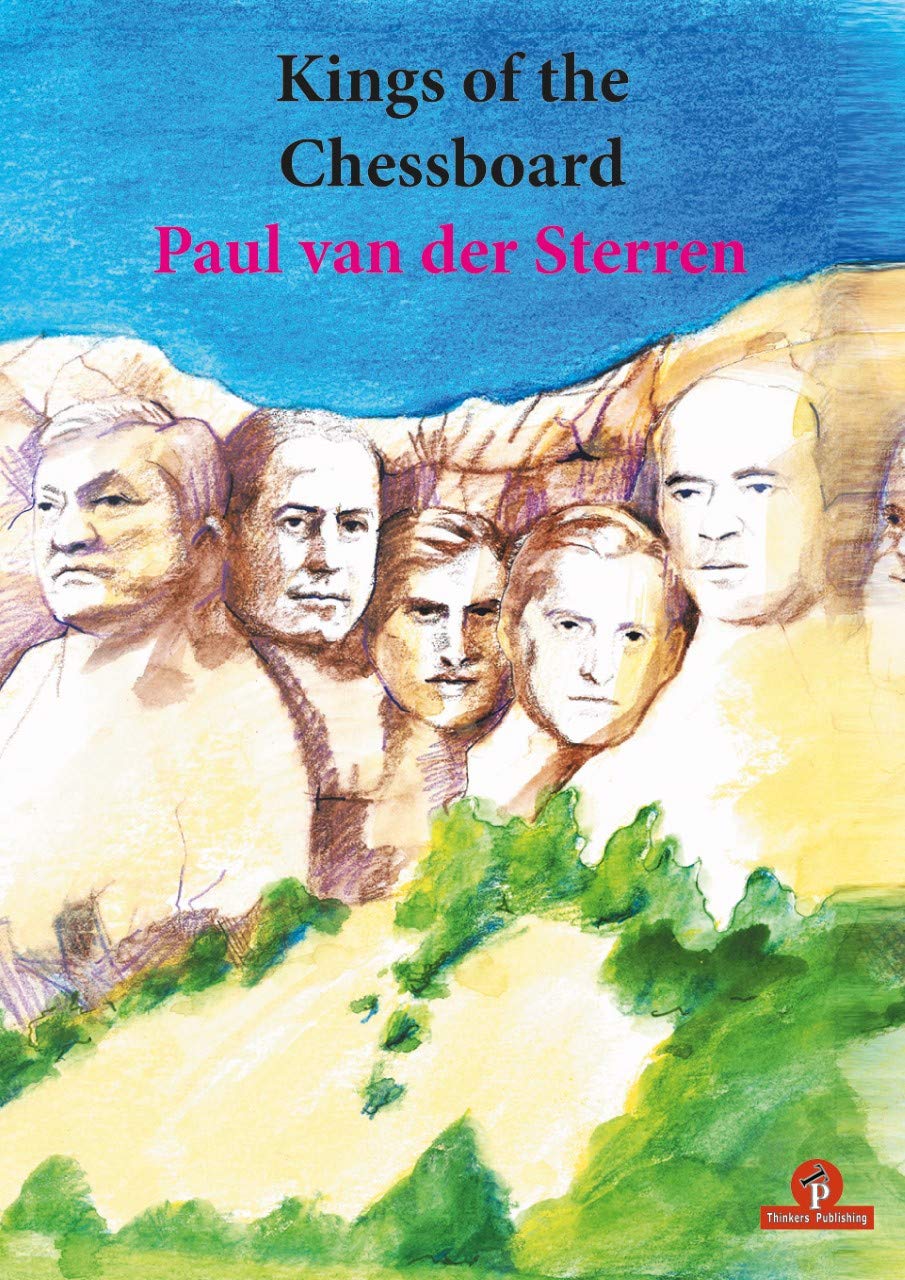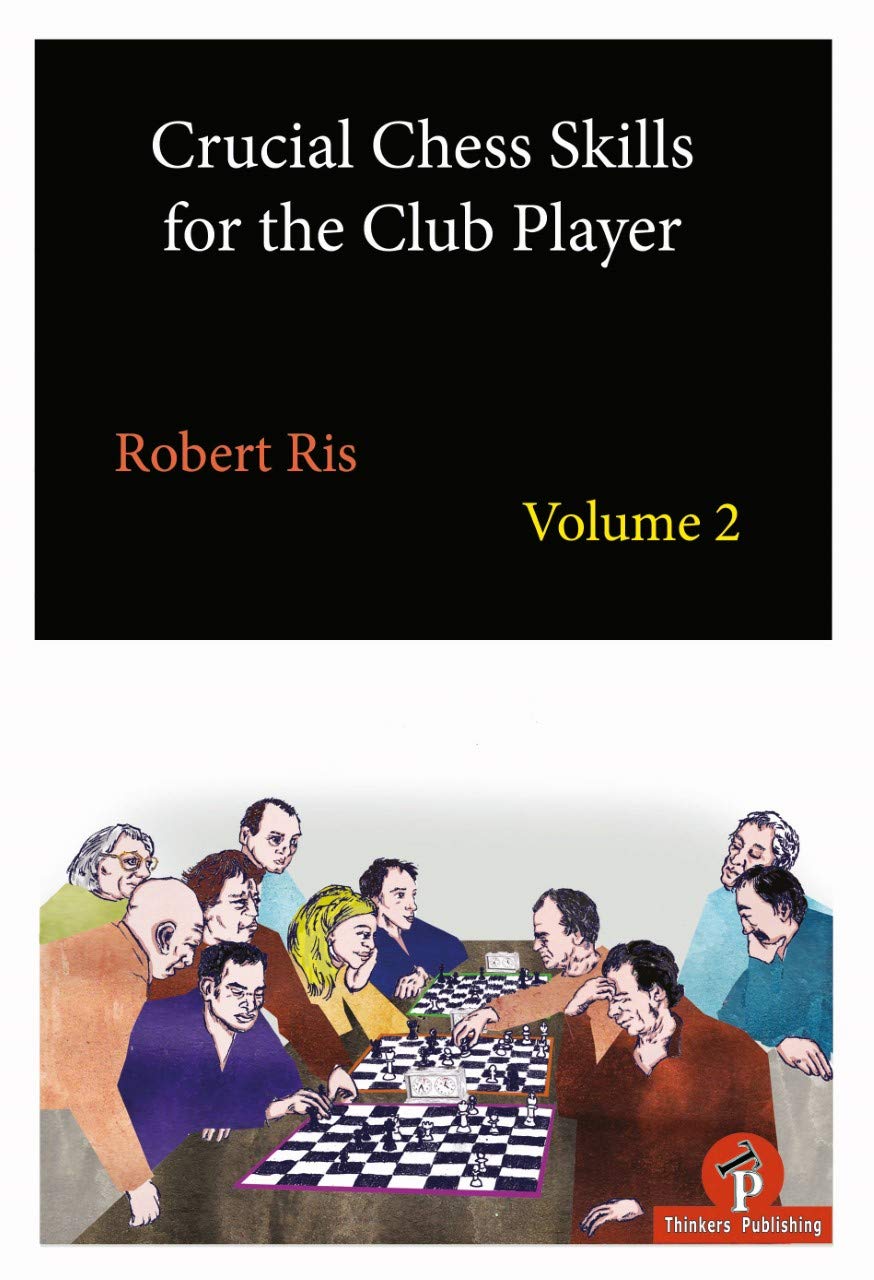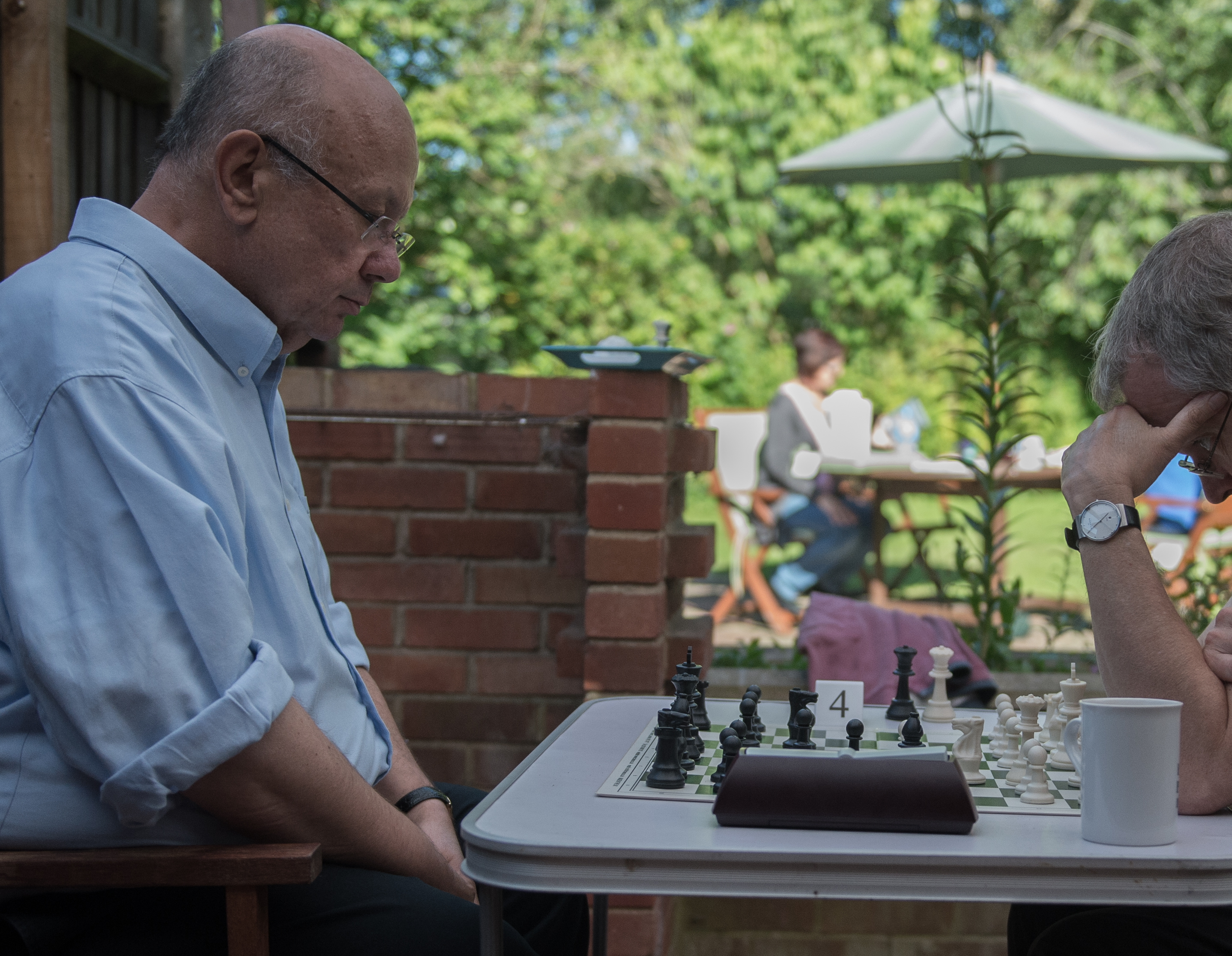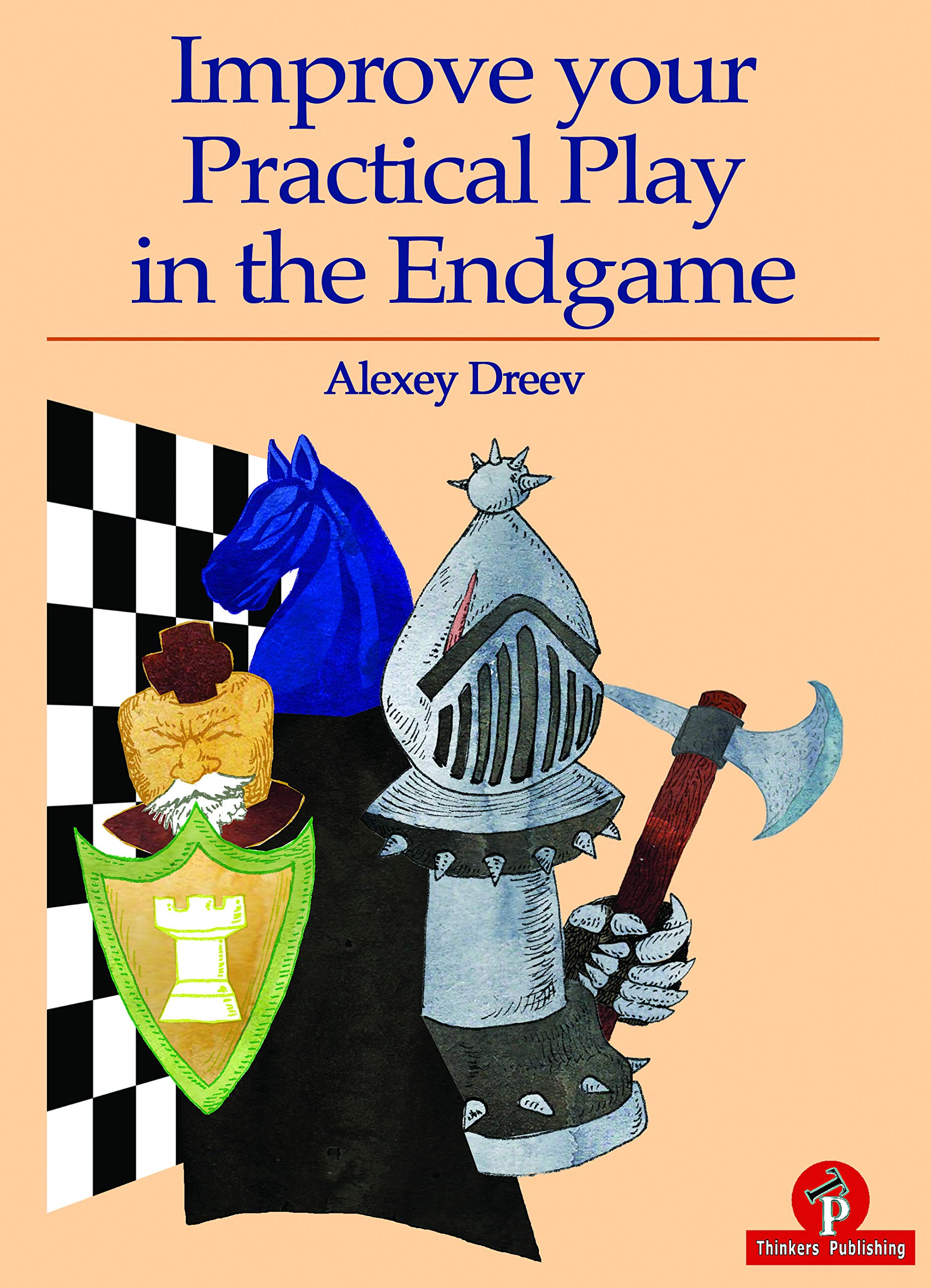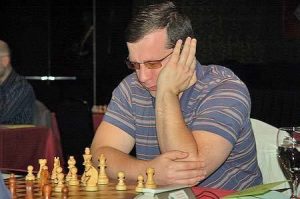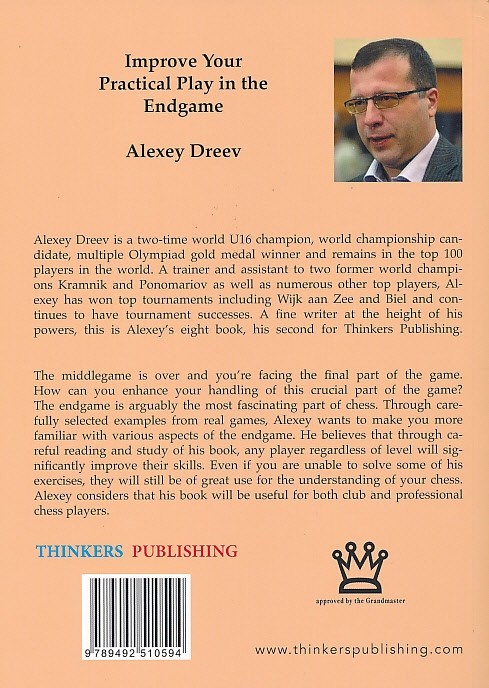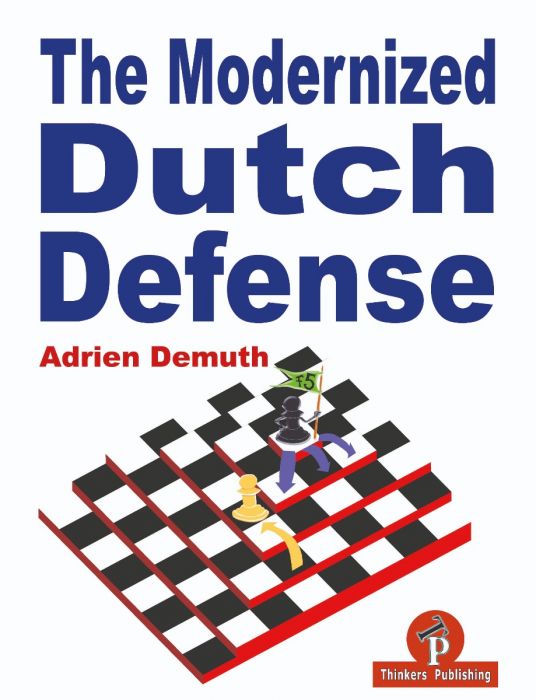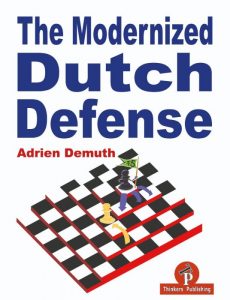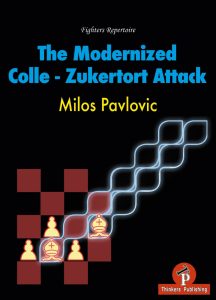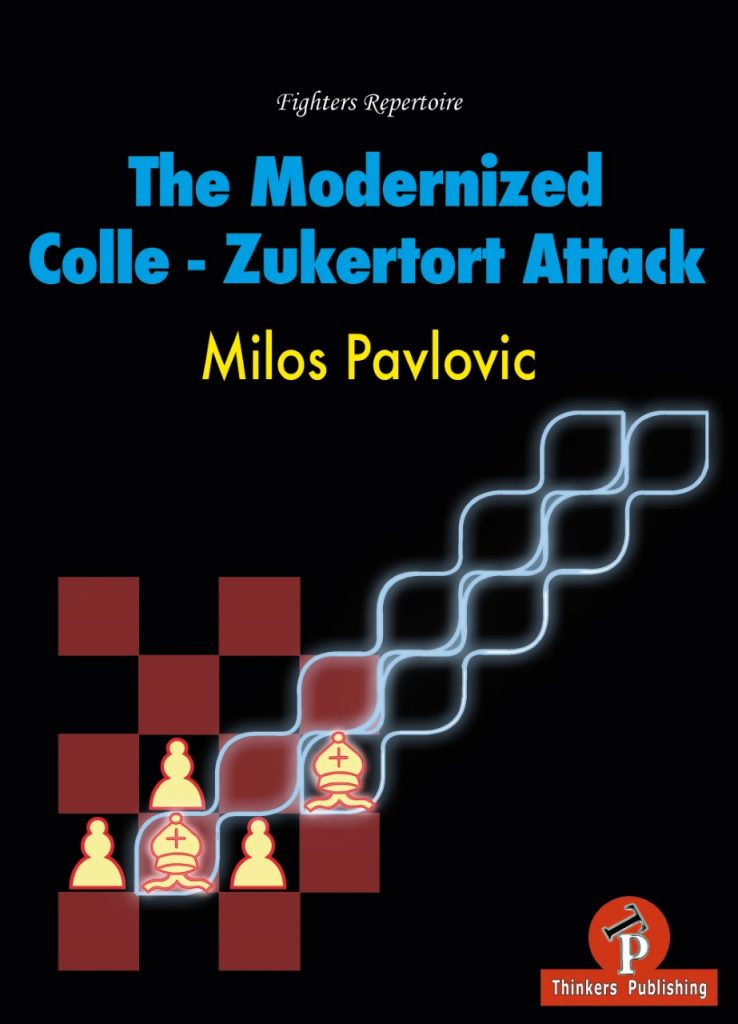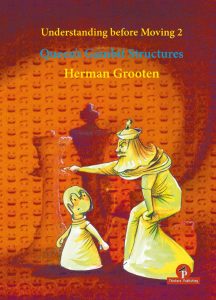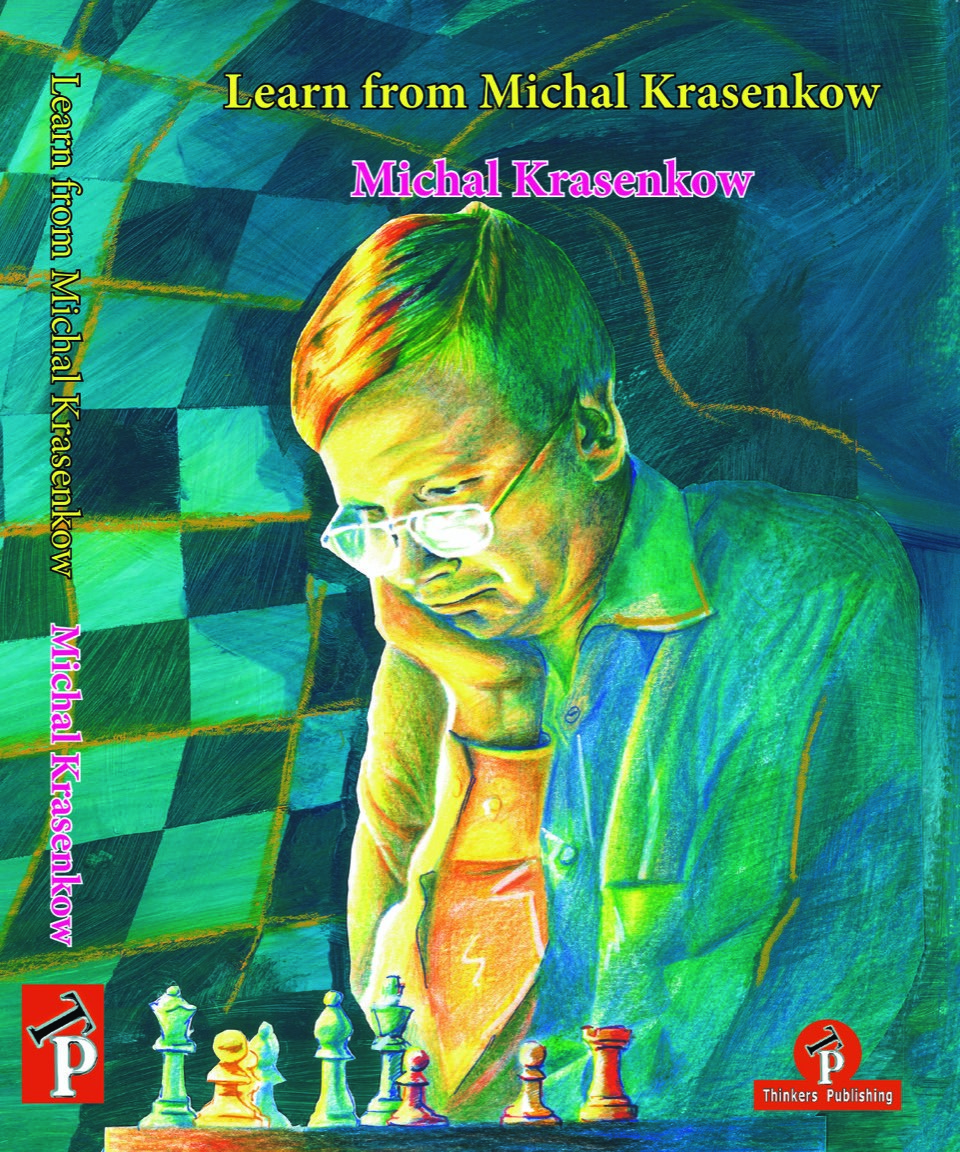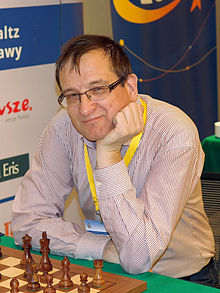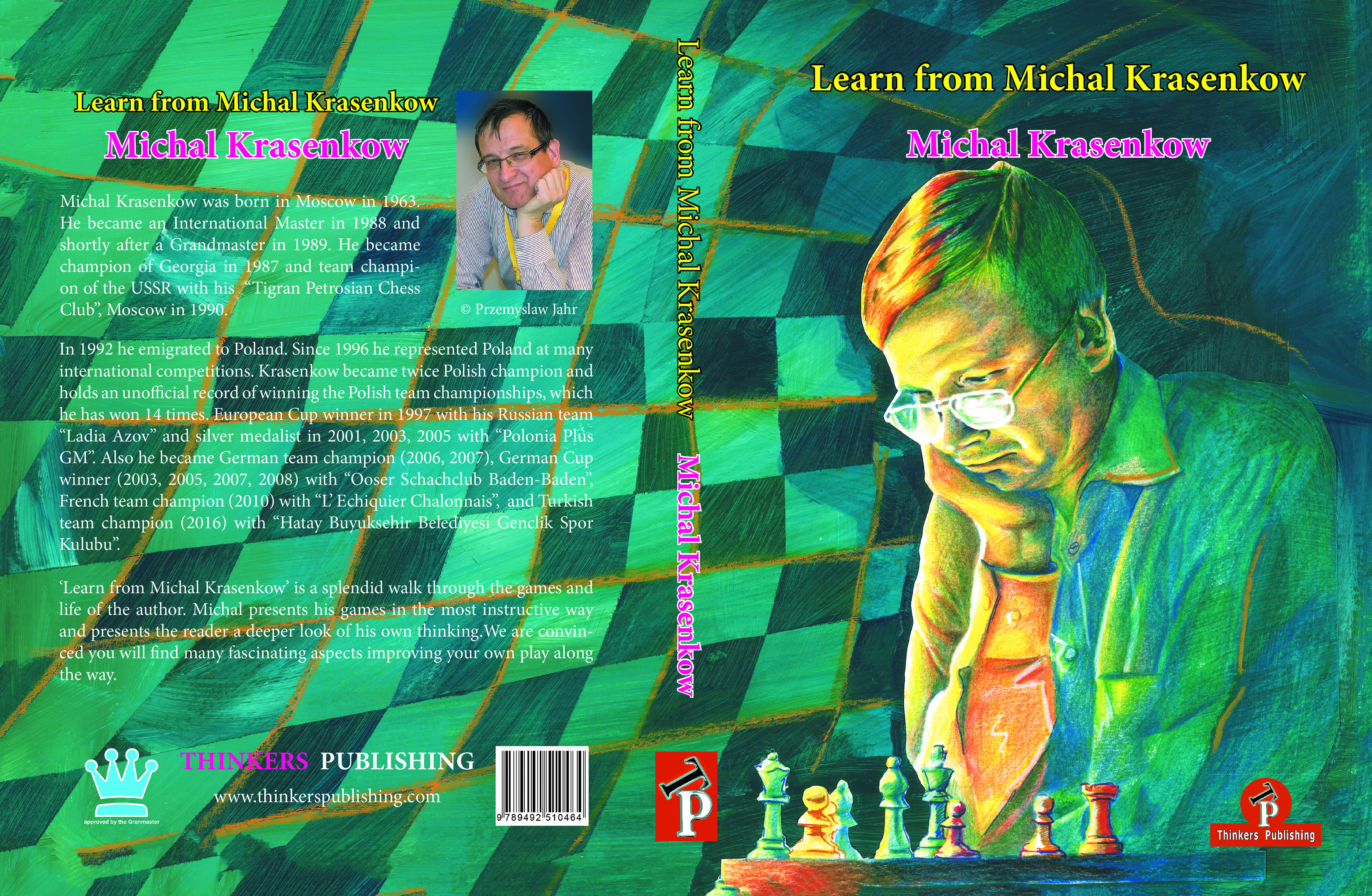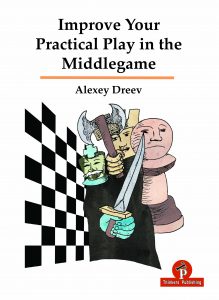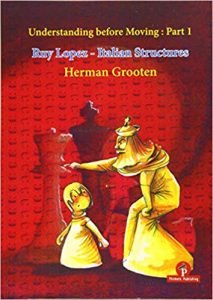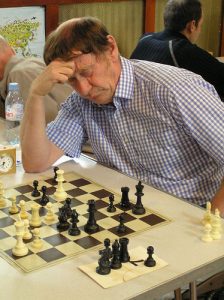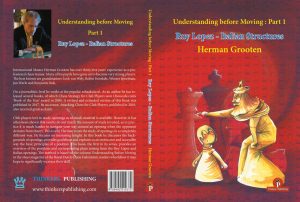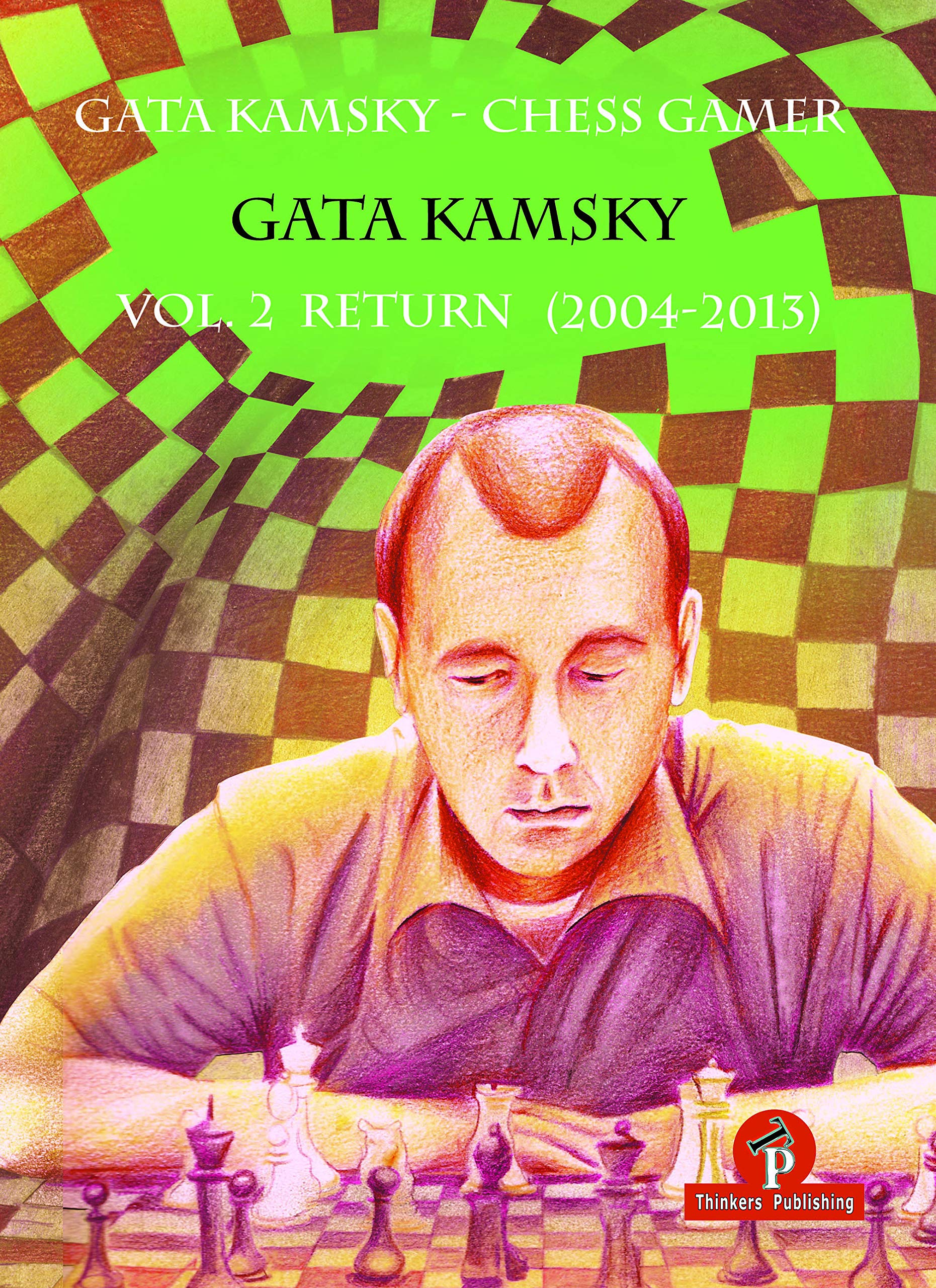

“Grandmaster Gata Kamsky, five times US champion, has one of the most extraordinary career trajectories of any chess player. In 1989 he arrived in New York, at the age of 15, with his father from his home country Russia. Just two years later he became for the first time US champion. He reached the top 10 at the very young age of 16 and played a World Championship match at the age of 22, losing to the reigning World Champion Anatoli Karpov. He then decided to stop playing chess for 8 years, studying Medicine and Law. In 2004 he reappeared as a full-time player, became again a world-elite player winning many international tournaments and supporting the US team for many successes.”

What we have here is 22 annotated games (mostly wins, but there are a few draws as well) played by Gata Kamsky between 2004 and 2013, during which period he harboured aspirations towards the world championship.
Kamsky had White in 18 of the 22 games: perhaps it would have been good to learn more about his approach to playing the black pieces. His opponents included the likes of Carlsen, Anand, Aronian, Topalov, Karjakin and Grischuk.
22 games in 450 pages? Yes, that’s an average of about 20 pages per game, often with two or three pages devoted to just one move. There are annotations almost every move: lots of words, and lots of variations as well. Bobby Fischer managed to cram 60 Memorable Games into a lot less space, but then he didn’t have computers to help him.
To give you some idea of what to expect, let’s take a fairly random example: this is Kamsky-Carlsen from the 2007 World Cup in Khanty-Mansiysk.
In this position Carlsen played 17… Re6?
Kamsky comments:
“Probably Black’s only big mistake, but one that costs him the game. The rook is not the best blockader, and once I have figured out how to remove it (by re-routing the knight from g3 to h5, it will only help White accelerate his initiative on the kingside.
“17… Qb3! was perhaps the only move to stop White’s ambitious plans. Black gives up his weak d-pawn in order to open up the position for the rest of his pieces, especially the blocked-in f8-bishop, thus making the rest of his pieces much more effective.”
He then goes on to explain that he was planning to meet 17… Qb3! with 18. Qd2! We then have three pages of notes on this position, with one line ending up with White a pawn ahead on move 42 and another where White wins with a queen sacrifice on move 33.
Eventually returning to the game, we reach this position.
Carlsen has just given up the exchange hoping to set up a fortress. Kamsky explains:
“Black is down a whole exchange, but his structure looks very solid, and if he somehow manages to re-route his knight to f5, while building a strong pawn blockade on the queenside, he might stand a chance. However, White is an exchange up, which means he only needs to open one file for his rooks to infiltrate to win the game. And that is something that Black cannot prevent.”
Kamsky eventually managed, with some help from his opponent, to open the h-file for his rooks, winning on move 46.
The verbal explanations of positions and plans are, as you can tell, models of clarity but you might well think there are too many variations. You’re going to need at least two, more likely three chess sets to find your way through some of the thickets.
The games are not all you get for your money, though. Each game is put into context, and, Kamsky warns us in the introduction: “I must also caution that some of the views and comments expressed on subjects other than chess will sometimes be found to be quite controversial and not ‘correct’, in which case I would invite the reader to draw his or her own conclusions.”.
We are, perhaps fortunately, spared Kamsky’s views on Donald Trump and Brexit, but we do get his opinions of his opponents along with some flashbacks to his childhood.
You may well be aware of the reputation of his father, Rustam Kamsky. Gata’s descriptions of their relationship doesn’t make comfortable reading:
“… I had no education and was under the complete domination, in both body and soul, of my father. He literally threatened to kill me many times, including chasing me with a knife on numerous occasions after a terrible tournament…
“When I came home from the one and only occasion I went to the authorities for help, my father burned my hand to the bone and told me that if I told the authorities about him again, he would kill me. Being physically beaten was an everyday occurrence; it was the psychological attack with his words that made me feel very old and not want to live.”
Given this background it’s perhaps understandable that he has a jaundiced view of some of his fellow grandmasters, even including the universally respected Vishy Anand. He has the rather strange habit of referring to some of them, particularly, it seems, those with whom he has come into conflict in the past, as, for example, Mr Topalov.
In some respects, then, this is a very personal book: much more than just a games collection.
Every one of the games is fascinating, the annotations are superb, but you probably need to be round about 2200 strength to gain full benefit from following all the variations. Below that level, you might find yourself shouting “too much information, Mr Kamsky” and perhaps prefer to spend your money on something with more games and fewer variations.
The production standards, as usual from this publisher, are excellent. I noticed very few typos (a redundant check sign and Jeffrey rather than Jeffery Xiong). If you’re looking for a collection of grandmaster games with exceptionally detailed annotations, along with some very personal insights into the world of top level chess, this is the book for you.
Richard James, Twickenham, 26th February 2020

Book Details :
- Paperback : 454 pages
- Publisher: Thinkers Publishing; 1 edition (7 Nov. 2019)
- Language: English
- ISBN-10: 9492510588
- ISBN-13: 978-9492510587
- Product Dimensions: 16.5 x 1.9 x 23.5 cm
Official web site of Thinkers Publishing


